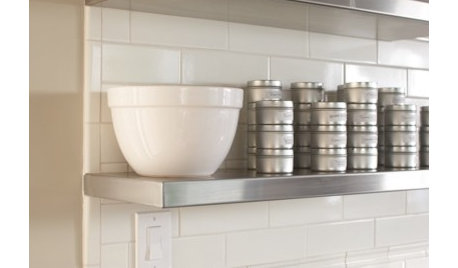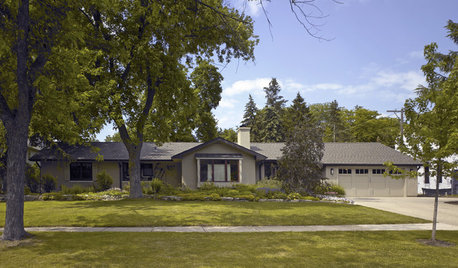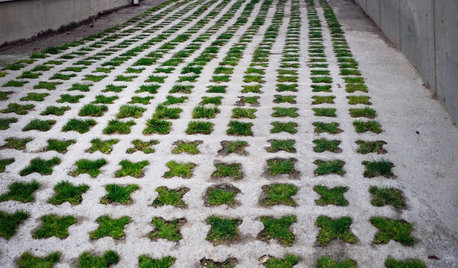Does seed source matter?
sue_ct
10 years ago
Related Stories

KITCHEN DESIGNHow Much Does a Kitchen Makeover Cost?
See what upgrades you can expect in 3 budget ranges, from basic swap-outs to full-on overhauls
Full Story
GARDENING GUIDESOrganic Matters: Thwart Insect Pests With Trap Crops
Add a few sacrificial plants to your garden to lure insects away from the harvest
Full Story
DECORATING GUIDESHow to Choose an Awesome Area Rug No Matter What Your Space
High use, a low door, kids and pets running amok — whatever your area endures, this insight will help you find the right rug for it
Full Story
ARCHITECTUREThe Good House: Big Design Moves That Matter
Where to begin when designing a home? Think about your site, its context and the story you want it to tell
Full Story
REMODELING GUIDESBathroom Workbook: How Much Does a Bathroom Remodel Cost?
Learn what features to expect for $3,000 to $100,000-plus, to help you plan your bathroom remodel
Full Story
TILESource List: 20 Tiles That Make a Statement
Learn about the tiles that make these popular rooms stand out
Full Story
GARDENING GUIDESUnleash Your Guerilla Gardener
Toss some seed bombs around the yard for easy, beneficial plantings
Full Story
FALL GARDENINGBe Your Own Wildflower Nursery
Gather seeds from your garden in fall, and you'll have a selection of plants for next year — without spending a dime
Full Story
EARTH DAYHow to Build a Greener Driveway
Install a permeable driveway to keep pollutants out of water sources and groundwater levels balanced
Full Story







carolyn137
seysonn
Related Professionals
Suffern Landscape Architects & Landscape Designers · Zion Landscape Architects & Landscape Designers · Fort Worth Landscape Contractors · Framingham Landscape Contractors · Framingham Landscape Contractors · Pomona Landscape Contractors · Tigard Landscape Contractors · Bowling Green General Contractors · Casas Adobes General Contractors · El Monte General Contractors · Groveton General Contractors · Hartford General Contractors · Watertown General Contractors · West Melbourne General Contractors · Spanaway Decks, Patios & Outdoor Enclosuressue_ctOriginal Author
digdirt2
sue_ctOriginal Author
barrie2m_(6a, central PA)
carolyn137
digdirt2
sue_ctOriginal Author
carolyn137
seysonn
carolyn137
mule
mule
carolyn137
sue_ctOriginal Author